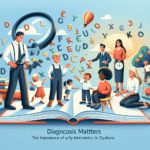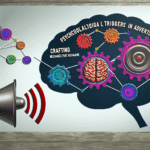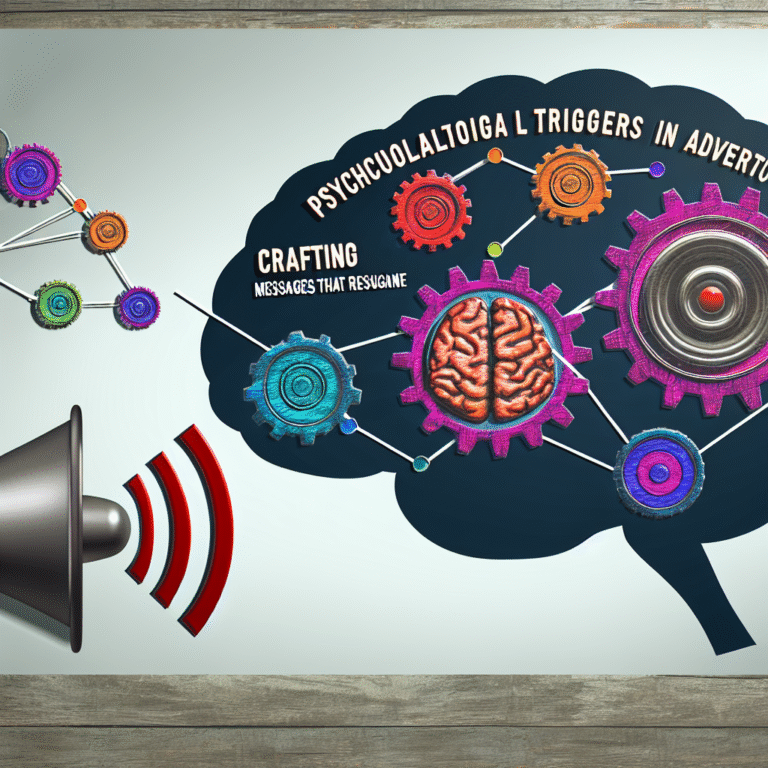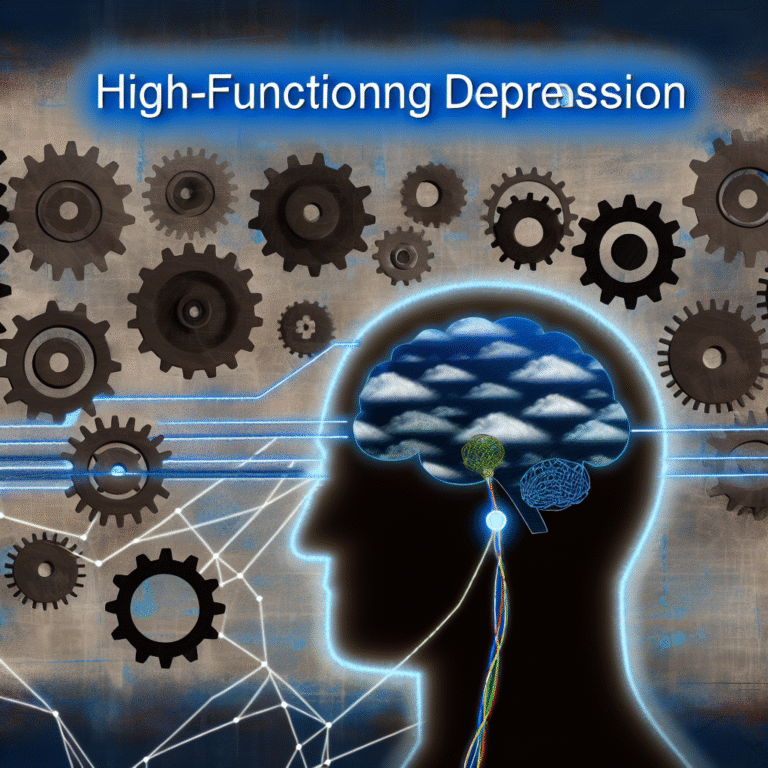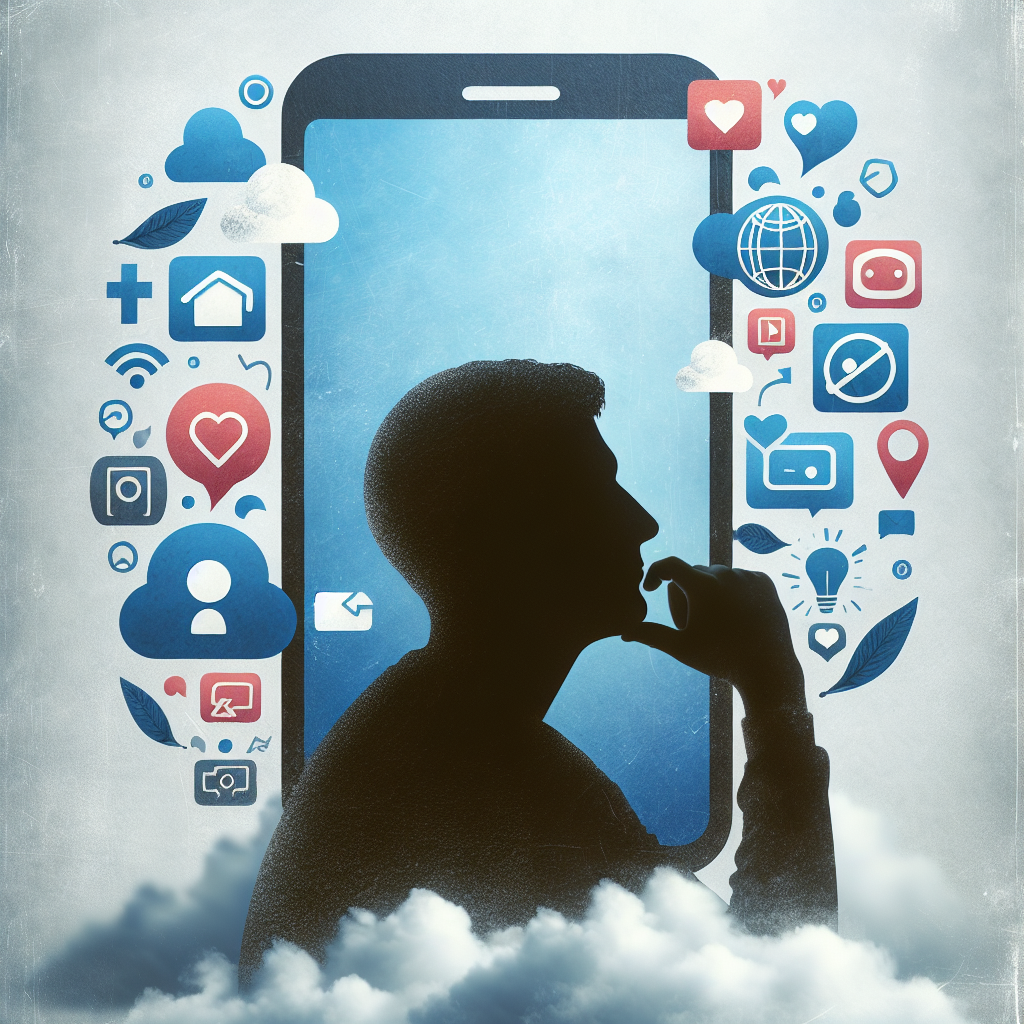
Behind the Screens: The Hidden Effects of Social Media on Teen Mental Well-Being
Introduction
In today’s hyper-connected world, social media has become woven into the fabric of daily life, especially for teenagers. With platforms such as Instagram, Snapchat, and TikTok dominating conversations, the influence of social media has grown exponentially. But what lurks behind these screens? The discussion around social media’s effects on mental well-being is more relevant now than ever. The keyword Behind the Screens: The Hidden Effects of Social Media on Teen Mental Well-Being encapsulates an exploration of this complex landscape—one that holds both brightness and darkness for young users.
This article delves into how social media shapes the mental health of teens, revealing its potential for both connection and disconnection, success and anxiety. Join us as we unravel the truths behind the screens and analyze their impact.
Understanding Social Media’s Role in Teen Life
The Allure of Connection
For many teens, social media is their primary mode of communication. It offers a platform for self-expression, creativity, and connection with friends. According to a study conducted by the Pew Research Center, nearly 95% of teens access social media. This underscores its pervasive nature in their lives and brings us to a crucial question: how does this affect their mental well-being?
Positive Effects: Community and Belonging
While discussions often focus on negative implications, it’s essential to recognize the positive aspects. Many teens find communities that resonate with their interests, struggles, and aspirations. For instance, LGBTQ+ teens often discover affirming spaces online that may not be available in their immediate environments. These communities can foster a sense of belonging and support.
Case Study: LGBTQ+ Support Communities
A 2021 study revealed that LGBTQ+ youth participating in online support groups reported a significant decrease in depression and anxiety levels. The presence of like-minded individuals provided emotional support and a platform for sharing their experiences. This serves as a powerful reminder that not all social media interactions are detrimental.
The Double-Edged Sword
While social media can promote connection, it also presents challenges. Curated content and idealized portrayals of life can lead to feelings of inadequacy. This phenomenon, often referred to as "social comparison," may cause teens to evaluate their lives against those of influencers and their peers, resulting in anxiety, depression, or low self-esteem.
The Data: Social Comparison and Mental Health
A study by the Journal of Adolescence found a direct link between social media use and feelings of inadequacy. Teens who frequently engaged in social comparison reported higher levels of anxiety and depression. This data illustrates the hidden effects lurking behind the screens, offering a sobering perspective on how social media can distort self-image.
| Social Media Behavior | Associated Mental Health Impact |
|---|---|
| High social comparison | Increased anxiety and depression |
| Active engagement in supportive communities | Decreased mental health issues (anxiety, depression) |
| Extensive scrolling and exposure to idealized content | Feelings of inadequacy |
Navigating the Negative Effects
Cyberbullying: The Dark Side of Social Media
Cyberbullying is one of the most concerning hidden effects of social media. In a study by the Cyberbullying Research Center, nearly 37% of young people reported being bullied online. Unlike traditional bullying, the online nature of cyberbullying often leaves victims feeling trapped and vulnerable.
This leads to severe mental health consequences, including depression, anxiety, and even suicidal ideation. The anonymity of online interactions can embolden bullies, making it critical for peers, parents, and educators to foster open communication and create a supportive environment.
Case Study: Impact of Cyberbullying
The 2018 research publication from the Journal of Adolescent Health explored the mental health repercussions of cyberbullying among high school students. Findings showed that victims were twice as likely to experience suicidal thoughts and behaviors. The urgency of addressing cyberbullying is evident, motivating initiatives to educate teens about digital citizenship and empathy.
Fear of Missing Out (FOMO)
Another hidden effect is the anxiety-driven phenomenon known as FOMO—fear of missing out. As teens scroll through meticulously curated highlight reels of their peers’ lives, they may feel excluded or inadequate by comparison. This can lead to unhealthy behaviors, such as compulsively checking social media apps to stay connected, further perpetuating the cycle of anxiety.
Balancing Online and Offline Life
Mindfulness and moderation regarding social media use can help mitigate its adverse impacts. Teens can benefit from establishing boundaries around their online presence, such as designated “screen-free” times and engaging in activities that promote real-world connections.
Actionable Insights: Encourage Healthy Habits
- Limit Screen Time: Encourage teens to set daily caps on social media usage, promoting healthier online behaviors.
- Encourage Offline Activities: Promote sports, arts, or hobbies that involve face-to-face interactions. Engaging in offline communities can reduce feelings of isolation.
- Facilitate Open Discussions: Create a safe space for teens to express their feelings about social media and its impacts on their mental well-being.
The Role of Parents and Educators
Setting the Stage for Safe Engagement
The influence of social media on mental well-being emphasizes the importance of parental and educational involvement. Parents and teachers play a critical role in guiding teens through this digital landscape.
Strategies for Parents
- Open Conversations: Encourage ongoing dialogues about social media experiences, helping teens navigate feelings related to social comparison or cyberbullying.
- Model Healthy Use: Parents should demonstrate positive social media behaviors, modeling balance and moderation.
- Engage in Digital Literacy: Educate teens about the curated nature of social media, helping them differentiate between reality and online personas.
In the Classroom
Educators can incorporate digital literacy programs, guiding students on appropriate online behavior and the importance of empathy in digital interactions. By fostering an understanding of social media’s dual-edged nature, schools can empower students to engage responsibly.
Leveraging Technology for Good
Interestingly, technology also provides tools for promoting mental well-being. Many mental health apps offer resources for mindfulness, self-care, and coping strategies tailored toward teens.
Case Study: Mindfulness Apps in Schools
A pilot program in California introduced mindfulness apps in high school curricula. Students reported enhanced emotional health and awareness of their social media behaviors. Incorporating technology in positive ways can create an enriching environment that fosters better mental health among teens.
Conclusion
Behind the screens, the hidden effects of social media on teen mental well-being present both challenges and opportunities. By embracing open dialogue, setting boundaries, and leveraging technology for positivity, we can help teens navigate the complexities of this digital age. Ultimately, while social media can pose risks, it can also be a source of support, community, and empowerment.
As we move forward, let’s remember to balance online engagement with the joys of authentic connection, fostering a mental health culture that celebrates resiliency and well-being.
FAQs
1. What are the main effects of social media on teen mental well-being?
Social media can affect teen mental well-being negatively (through cyberbullying, social comparison, and FOMO) and positively (by providing supportive communities and opportunities for self-expression).
2. How can I help my teenager deal with social media-related anxiety?
Encourage open conversations about their experiences, help them set screen time limits, and promote offline activities to foster genuine connections.
3. Is there a link between social media use and depression in teens?
Yes, studies have shown that excessive social media use can correlate with higher rates of anxiety and depression due to factors like social comparison and cyberbullying.
4. Should parents monitor their child’s social media usage?
While open communication is crucial, it’s essential to find a balance. Parents should help guide their teens to use social media responsibly rather than excessively monitor their every move.
5. Are there any tools to promote mental well-being among teens?
Yes! Many mental health apps offer resources for coping, mindfulness, and emotional regulation, which can provide valuable support for teens navigating the pressures of social media.
This comprehensive look into Behind the Screens: The Hidden Effects of Social Media on Teen Mental Well-Being reveals critical insights into how the online world shapes young minds. With the right tools and guidance, we can cultivate a more positive digital environment that champions the mental well-being of the generations to come.


